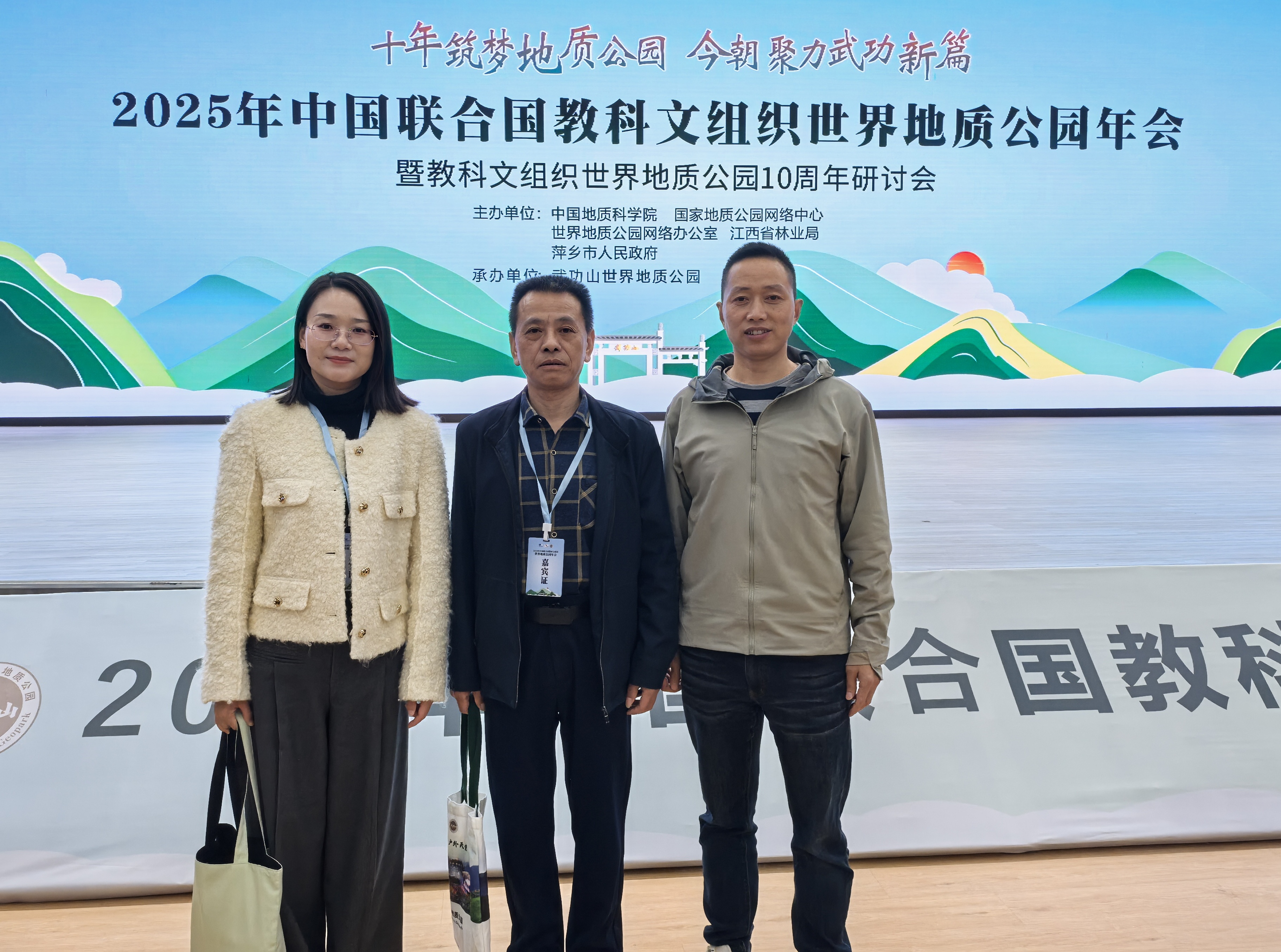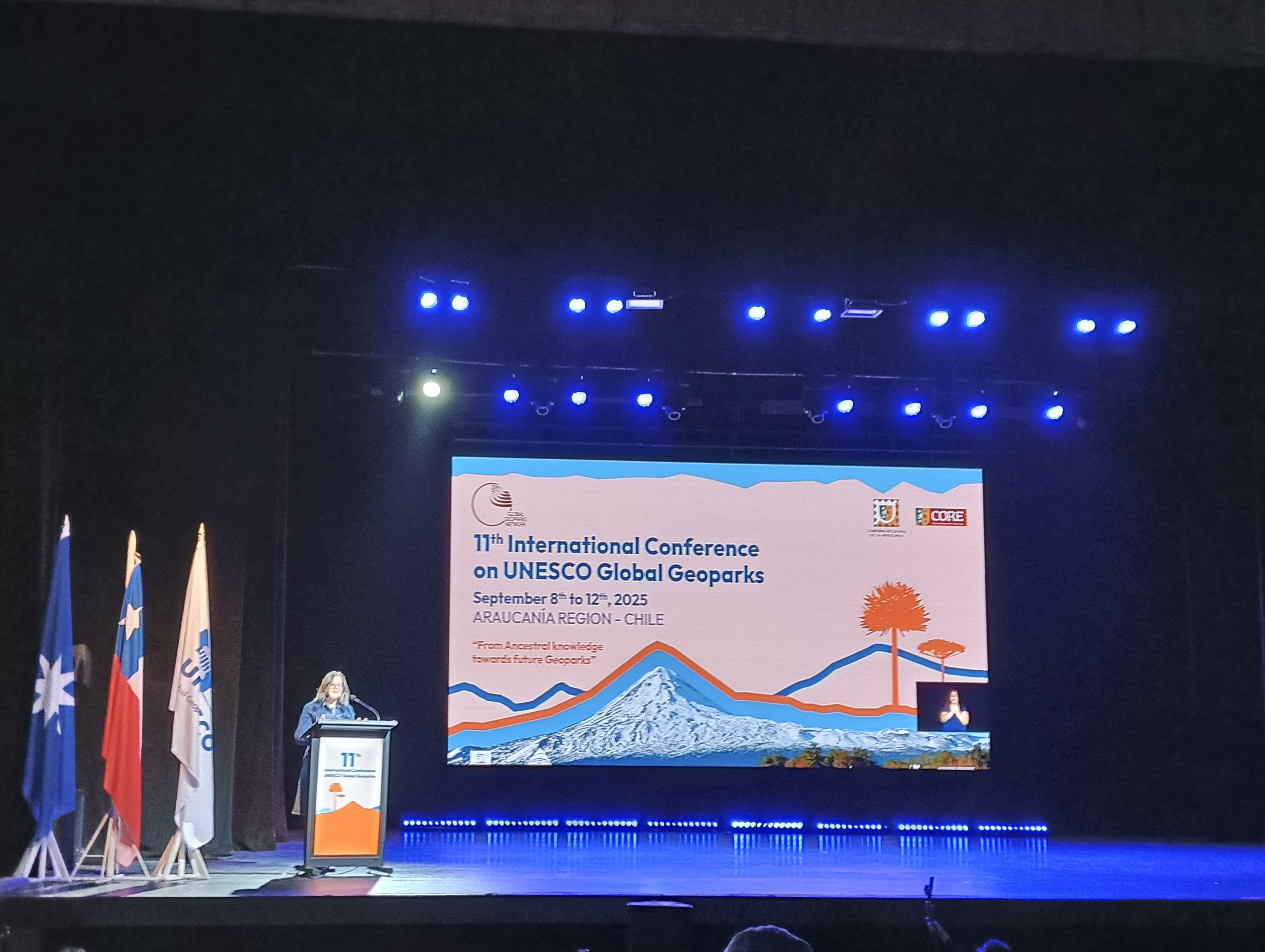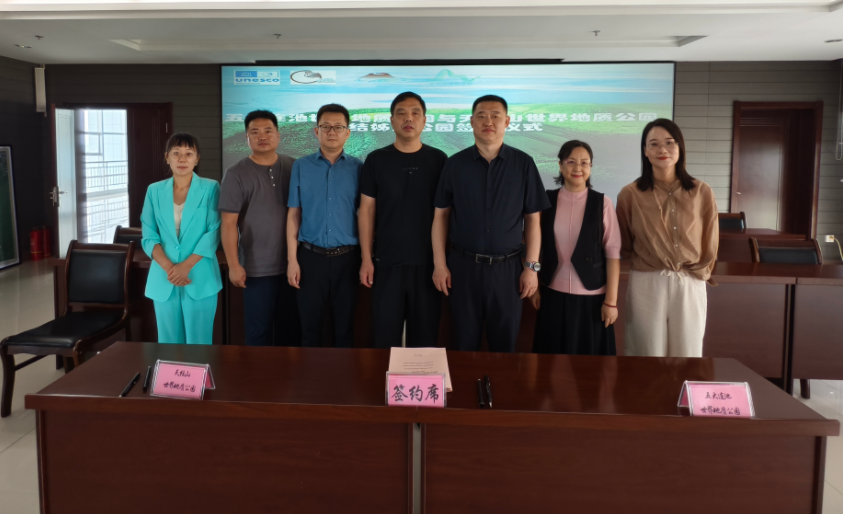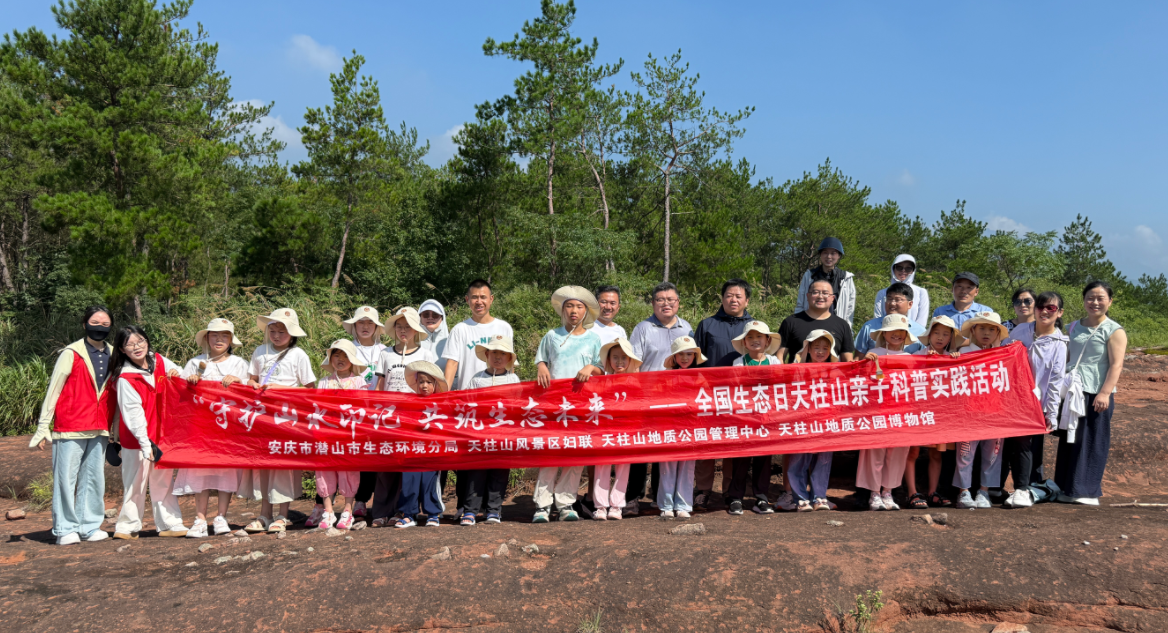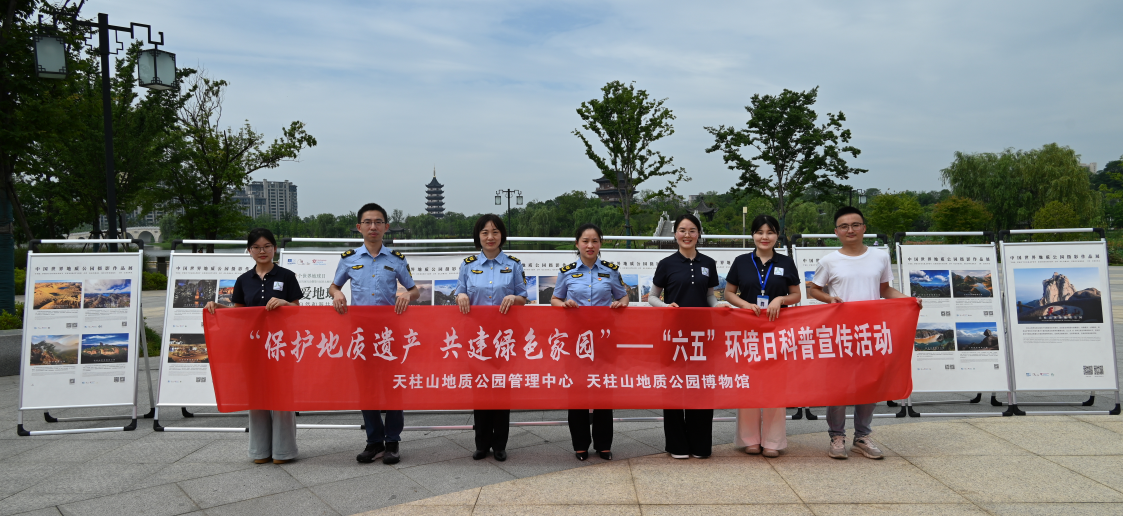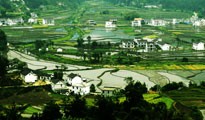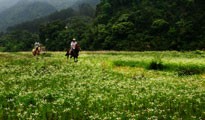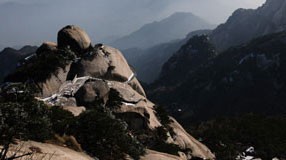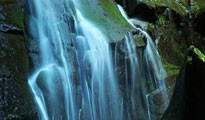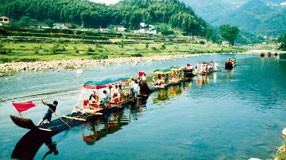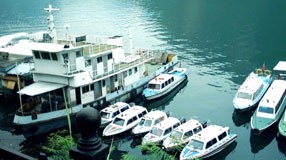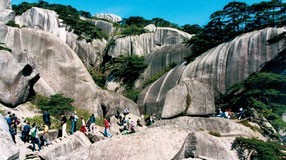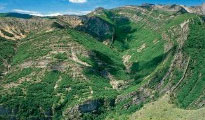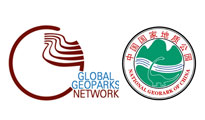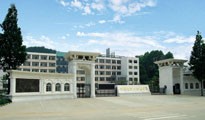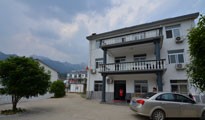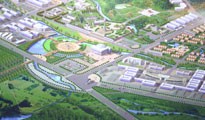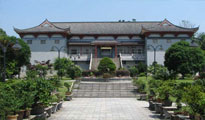Regular maintenance and cleaning:
The geopark has set up a forest management department and sanitation team for regular maintenance and cleaning. Sanitation workers will clean all geosites and infrastructure every day. The forest management department workers will check the signs and panels every two weeks, and solve problems in a timely manner.
Conservation measures:
Both Planning of National Main Functional Areas and Planning of Main Functional Areas of Anhui Province list national geoparks, scenic areas, national forest parks and national cultural relic sites as protected areas.
Under the above regulations, Tianzhushan's geologic heritage and infrastructure is protected from exploitation.
Relevant regulations are as follows:
National protected areas receive mandatory protection according to the laws, regulations and relevant planning. There are strict controls to prevent any human activity that disturbs the authenticity and integrity of the natural ecology, cultural and natural heritages, and it is prohibited to conduct exploitation activities that do not conform to its main function. In addition, the local population is encouraged to resettle to achieve zero-release of pollutant to improve the environment.
In order to realise the main function of restricted-exploitation and non-exploitation areas, sound laws, regulations and planning should be stipulated to restrain improper exploitation, and
compensation mechanisms will be established to encourage local government and markets to improve the main function of these ares.
Transportation, transmission and other infrastructure construction should avoid disrupting important natural landscapes and ecological systems, and traversing non-exploitation areas.
The local population in restricted-exploitation and non-exploitation areas is to be encouraged to re-settle in key developing districts.
Non-exploitation areas should close all companies that release pollutant to make sure of zero-release. If it is hard for a company to close, it must be relocated within a limited time frame.
Non-exploitation areas should set up environmental standards for industry admittance in accordance with the principles of environmental protection.
Companies in non-exploitation areas will not be granted pollutant discharging licenses. In developing tourism resources, non-exploitation areas must simultaneously build thorough sewage collection and treatment facilities.
Non-exploitation areas are to strictly prohibit water resource exploitation activities that do harm to the ecological water environment, and should implement strict water resource protection policies.
Special provisions on protection measures of national geoparks: The management should follow the Guidelines and Criteria of GGN principles outlined in the above planning and the geopark planning. Other production and construction activities should be prohibited except for necessary protection and ancillary facilities; quarrying, soil sampling, mining, grazing, timber cutting and other activities that damage protected objects are prohibited; collecting specimens and fossils without approval is prohibited; construction of tourism facilities and infrastructure must conform to the geopark planning, facilities that violate the planning should be gradually dismantled; the scale of tourism scale should be controlled according to the resources and environment capacity, damaging resources of geology, landscape, water, plants, wild animals and wild plants is prohibited.
Comments on Further Accelerating the Development of Tourism Industry by Qianshan County Committee and People's Government of Qianshan County (April 16, 2010): Protection of resources and the environment, will be strengthened and the construction of an ecological scenic area will be accelerated. Our ecological environment will be protected and a tranquil and harmonious living space built. The development of the tourism and projects should follow the principle of “overall planning, well-conceived layout, complete support, managed exploitation and sustainable utilisation”, the tourism and environment protection departments should strengthen pre-investigation for the project, and strengthen guidance for ecological environment protection. Business investment should place “protecting the ecological environment” as a priority, and keep all polluting projects out of Qianshan county.
Protective measures:
Protective measures include protection by staff, physical barriers and technology; threats include human damage and natural disasters.
The concrete measures include:
Raising the public's awareness about the importance of environmental protection. Law enforcement will be strengthened, and behaviours that damage resources and the environment strictly punished. Monitoring and protection facilities will be built in the main geosites. A disaster warning mechanism will be established and a Prevention Plan of Geological Disasters, Prevention Plan of Forest Pests, Prevention Plan of Forest Fire, Prevention Plan of Tourist Safety in the Scenic Area, etc have been drawn up.
Protection of natural ecological environment and forest resources in the geopark are to be strengthened. Changes in the environment will be dynamically monitored, and building any project that would produce pollutant in the geopark and surrounding areas prohibited. The garbage treatment and the release of sewage should strictly conform to environmental protection standards. A pollution-free disposal system and a recycling system are to be set up in the Geopark. Publicity and education should be improved to enhance the public's awareness of environmental protection.
The protection of geologic heritages will be strengthened. The basic and the most important measure is scientific planning and protection according to the level of importance. The northern geopark is divided into 2 special-level protection districts, 2 first-level protection districts, 2 first-level protection sites, 5 second-level protection districts and 1 third-level protection district, the southern scientific investigation district of the geopark is divided into 3 special-level protection sites, 2 first-level protected districts belts and 16 first-level protection sites. Any project construction activity that does not conform to the protection function is not allowed in the special-level, first, second and third protection areas (sites). Exploiting mineral resources, land reclamation and other activities that damage the geomorphologic landscape and plants are forbidden. Setting up any industrial development district, hotel, training centre, sanatorium and other large-scale service facility is forbidden. The geopark administrative agency or the local government has assigned persons to protect the special and first level protection sites.
Protection requirements for the special-level protection area(site): this area forbids building construction and entry to tourists, only scientific researchers and staff with approval can enter for protection and scientific research activities.
Protection requirements for the first-level protection area (site): only facilities necessary for safeguarding, sanitation and tourism should be set up. The style and quantity of tourist facilities should be in harmony with the landscape, control tourist numbers and forbid vehicles from entering.
Protection requirements for the second-level protection area (site): buildings that have no relationship to sightseeing will be restricted. A few service facilities for geo-tourism will be set up the scale and style controlled, and damage to the landscape or environment forbidden. Inappropriate business advertisements are forbidden, and green construction will be carried out.
Protection requirements for the third-level protection area (site): tourist service facilities that are in harmony with the natural scenery will be set up, and other constructions and facilities limited. Villages and houses must conform with the environment, and the comprehensive improvement of the village environment and sanitation must be strengthened. The natural environment and ecological balance must be maintained.
Strengthen the protection of the cultural landscape.
The necessary protection scope will be designated according to the level and characteristics of historical buildings and the geographical environment and then signs will be set up. The decision to dismantle remove, rehabilitate or re-build cultural relics can not be taken lightly, and any change to the cultural relics building needs approval. Tourists are forbidden from touching and treading on stone-carved inscriptions. Protection facilities for important stone-carved inscriptions, such as guard rails, pavilions, etc. will be set up.

















